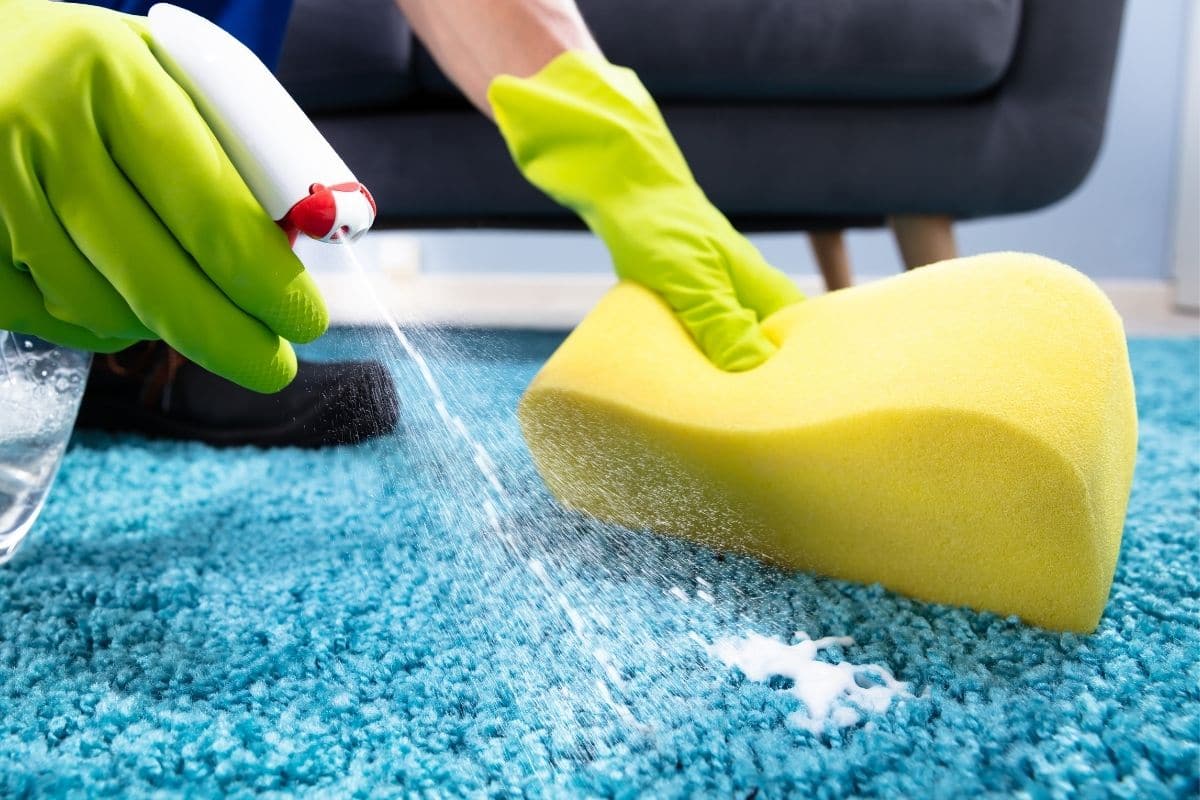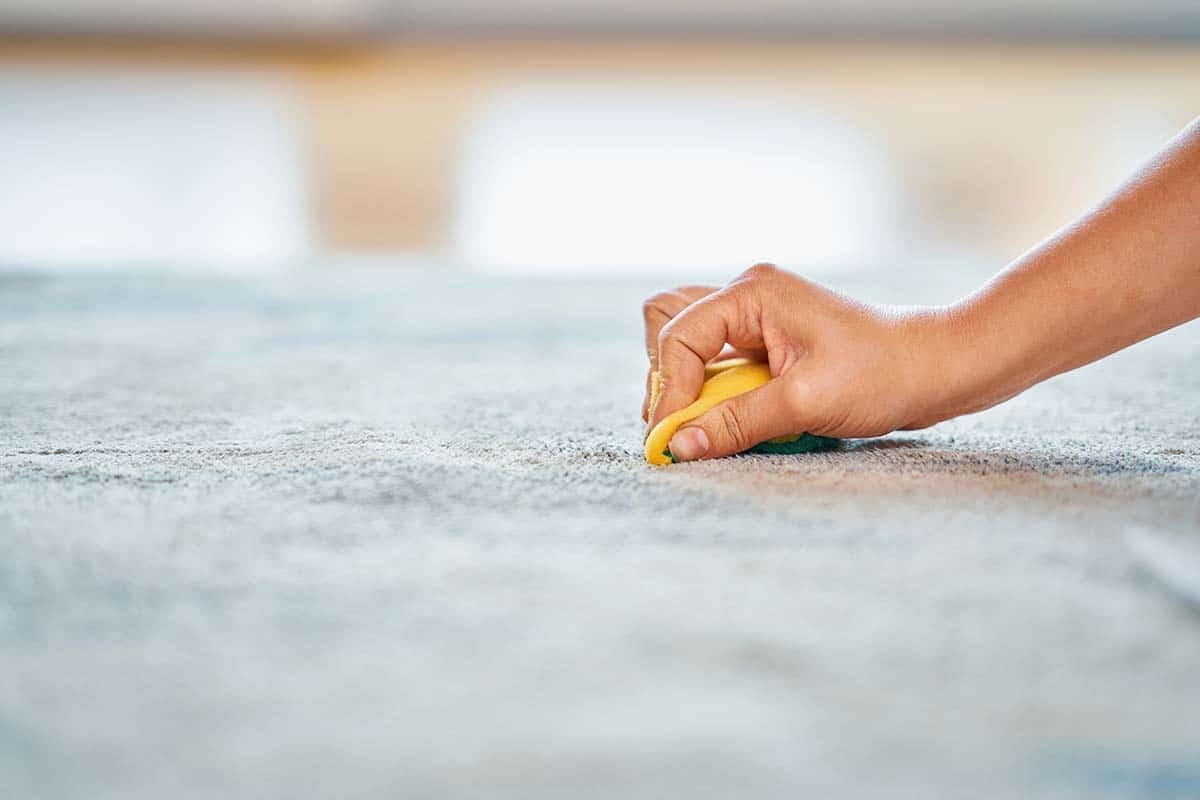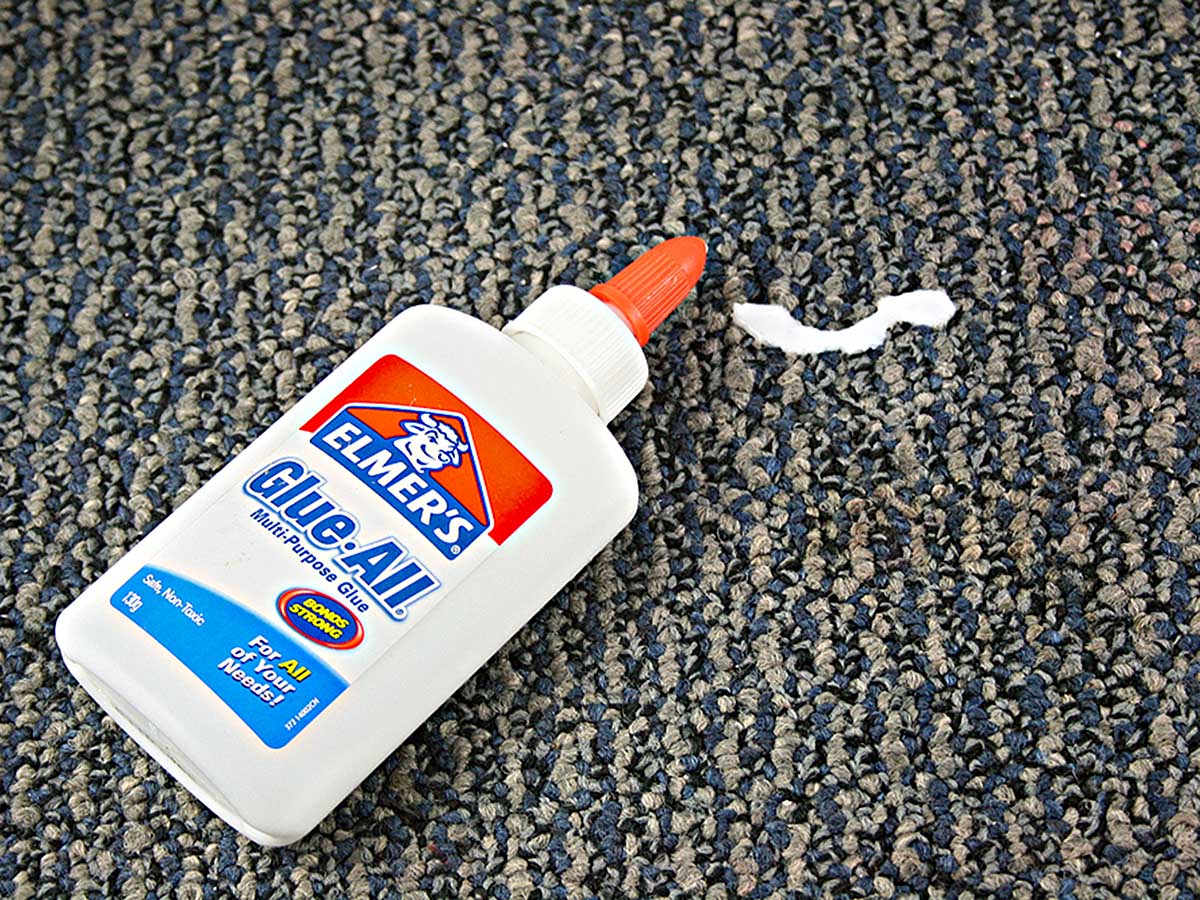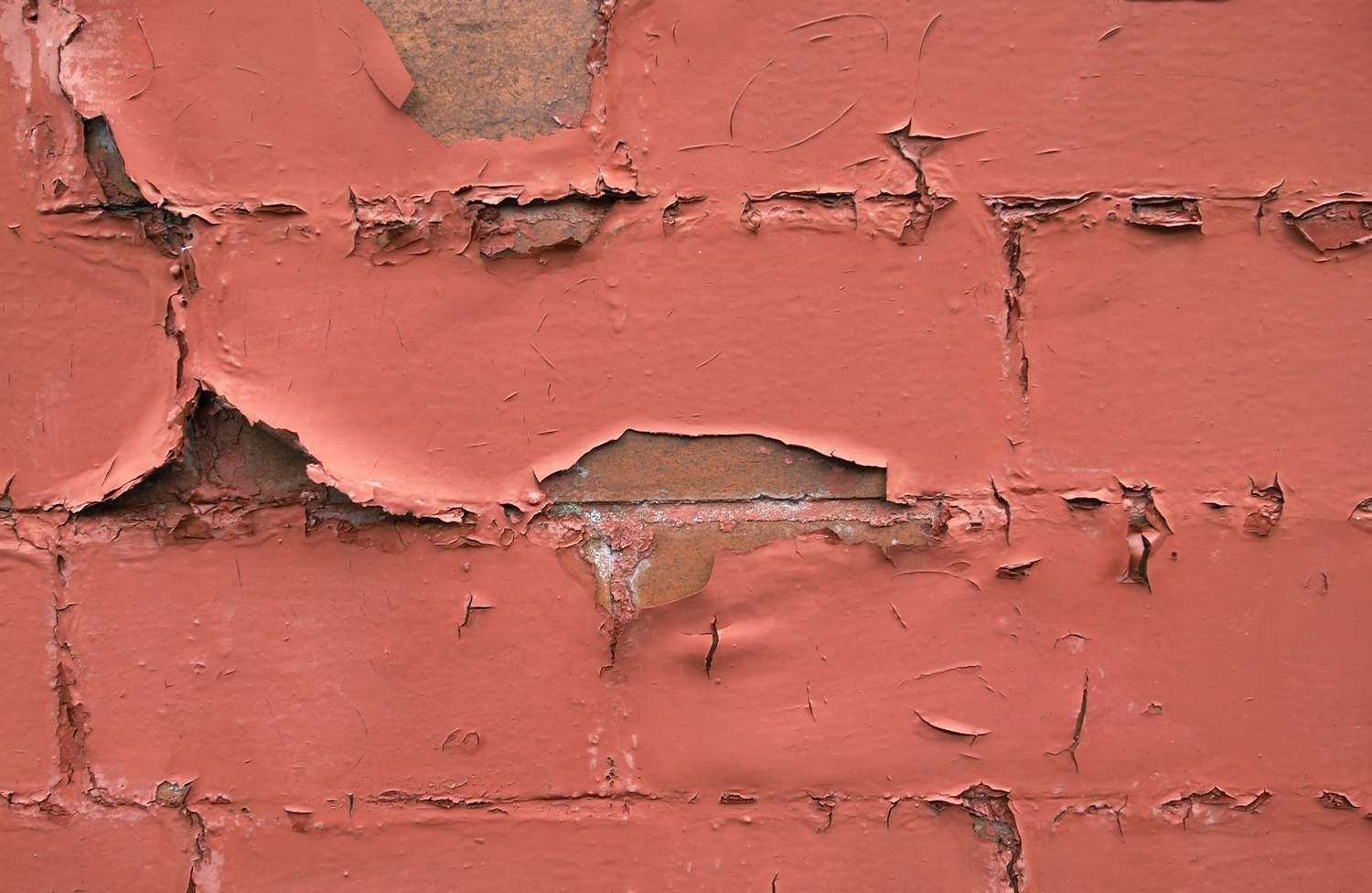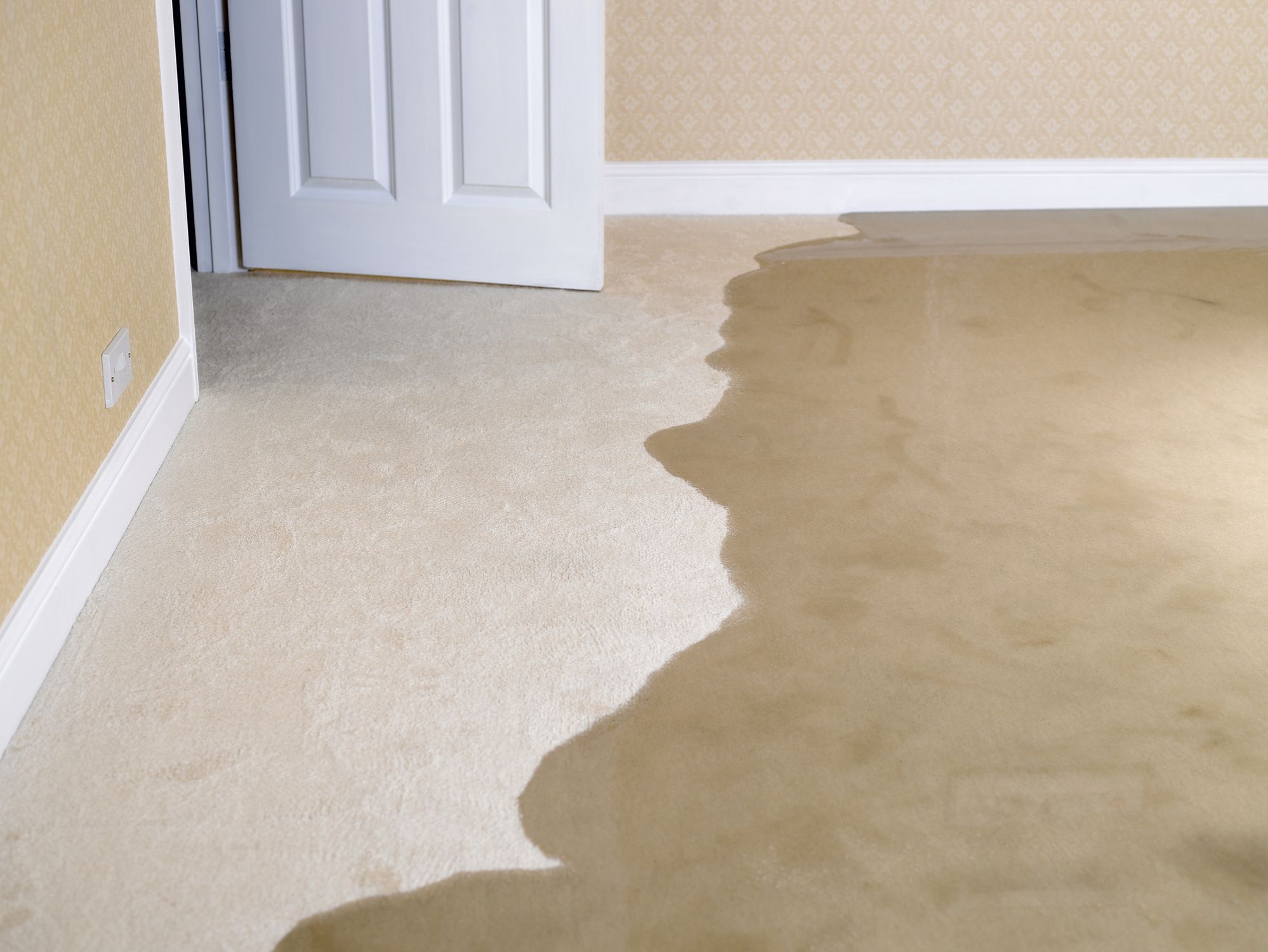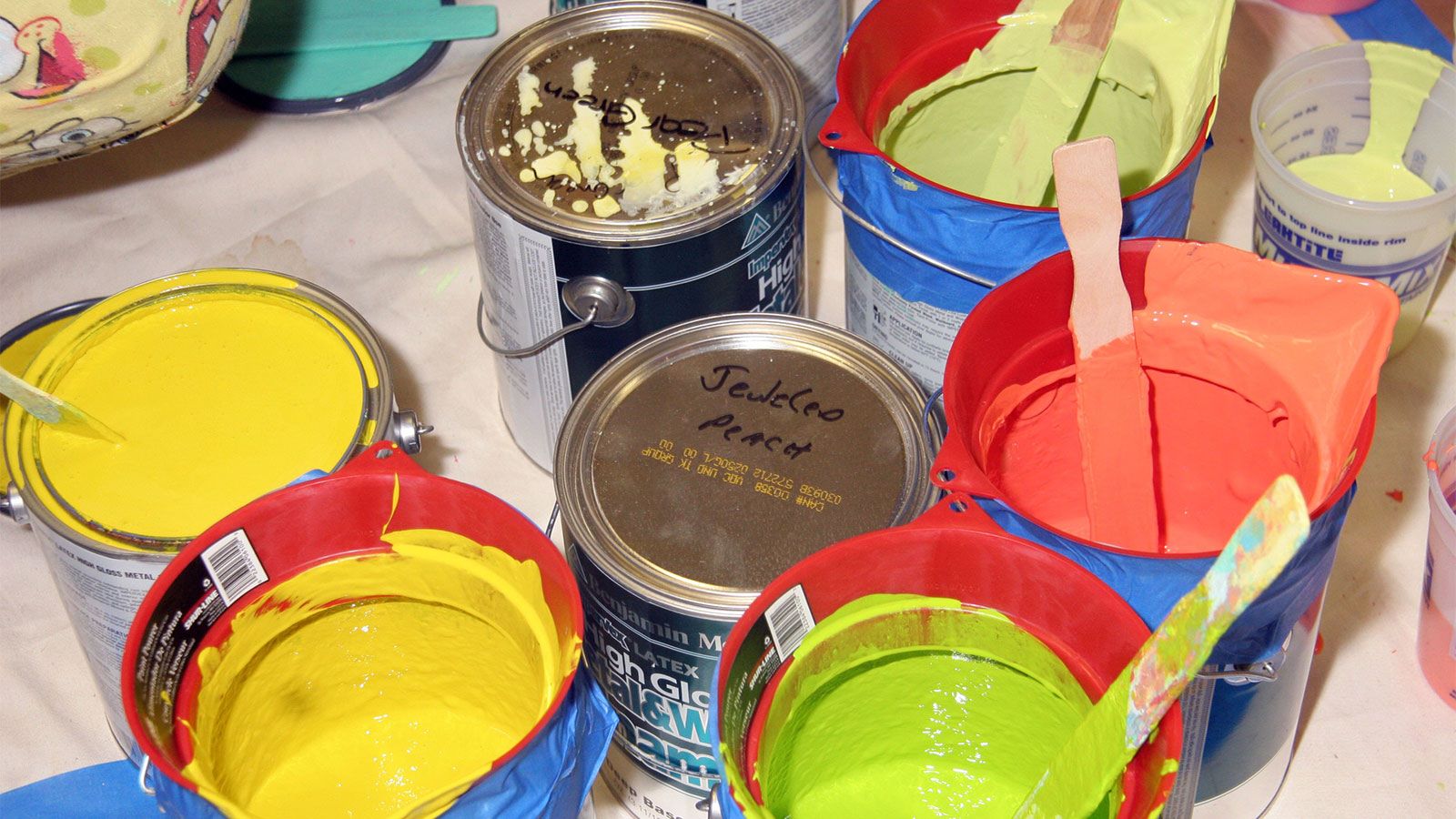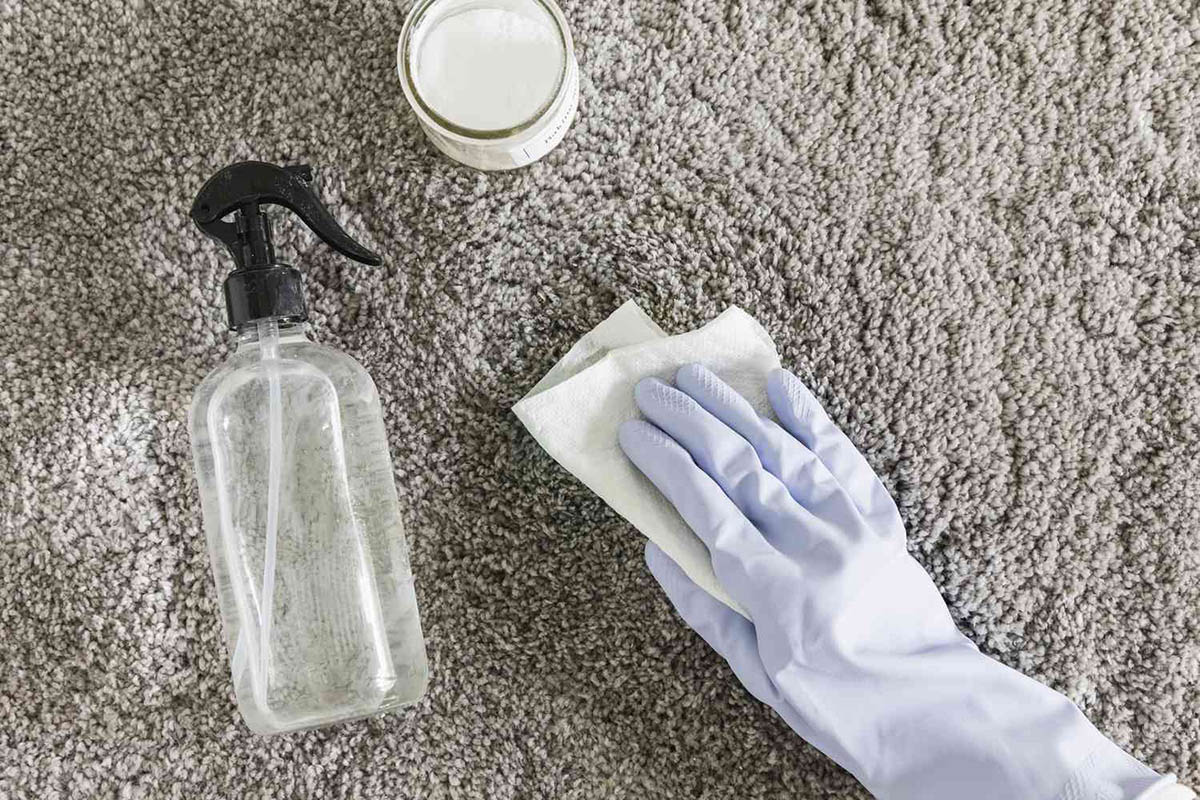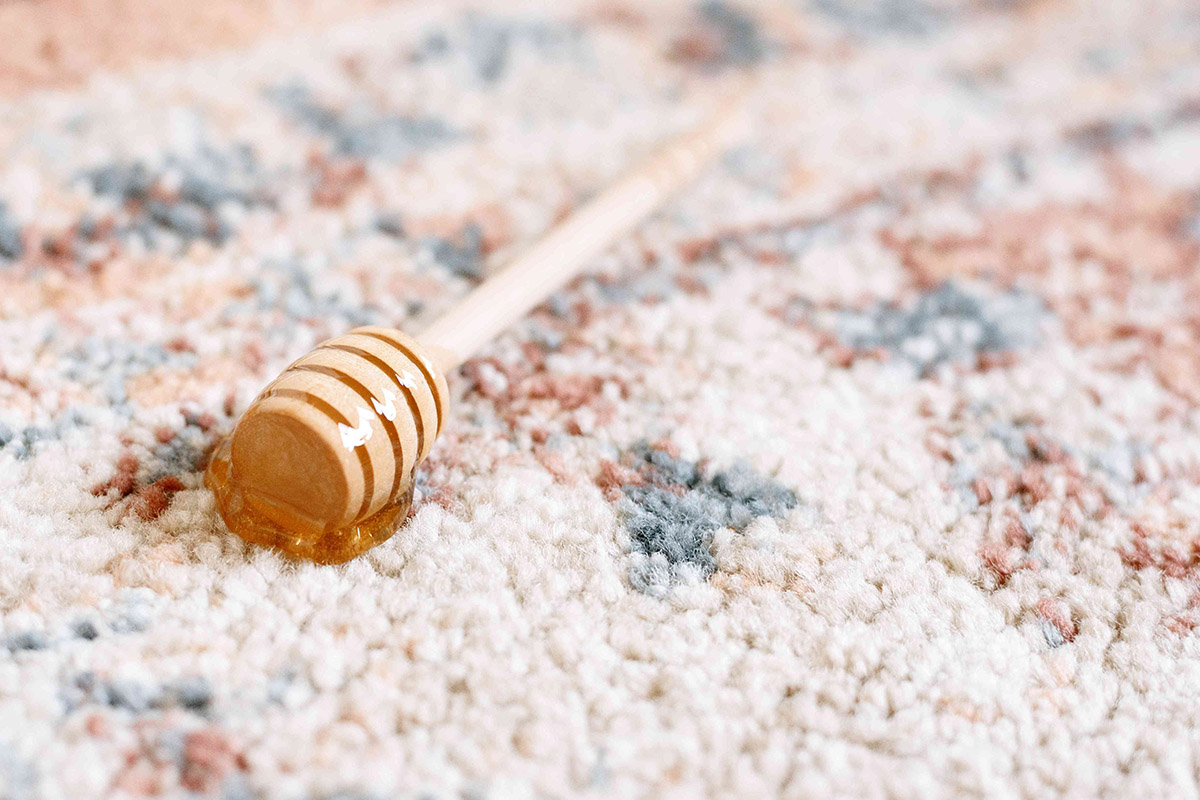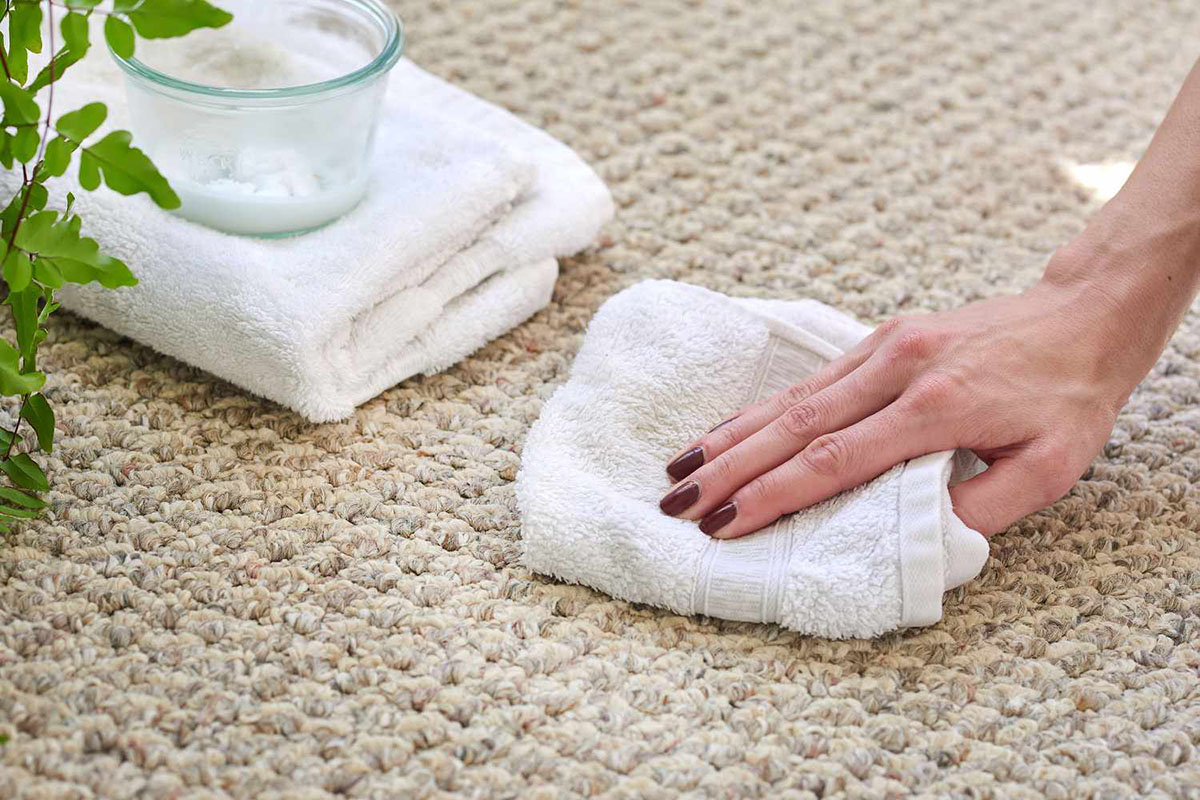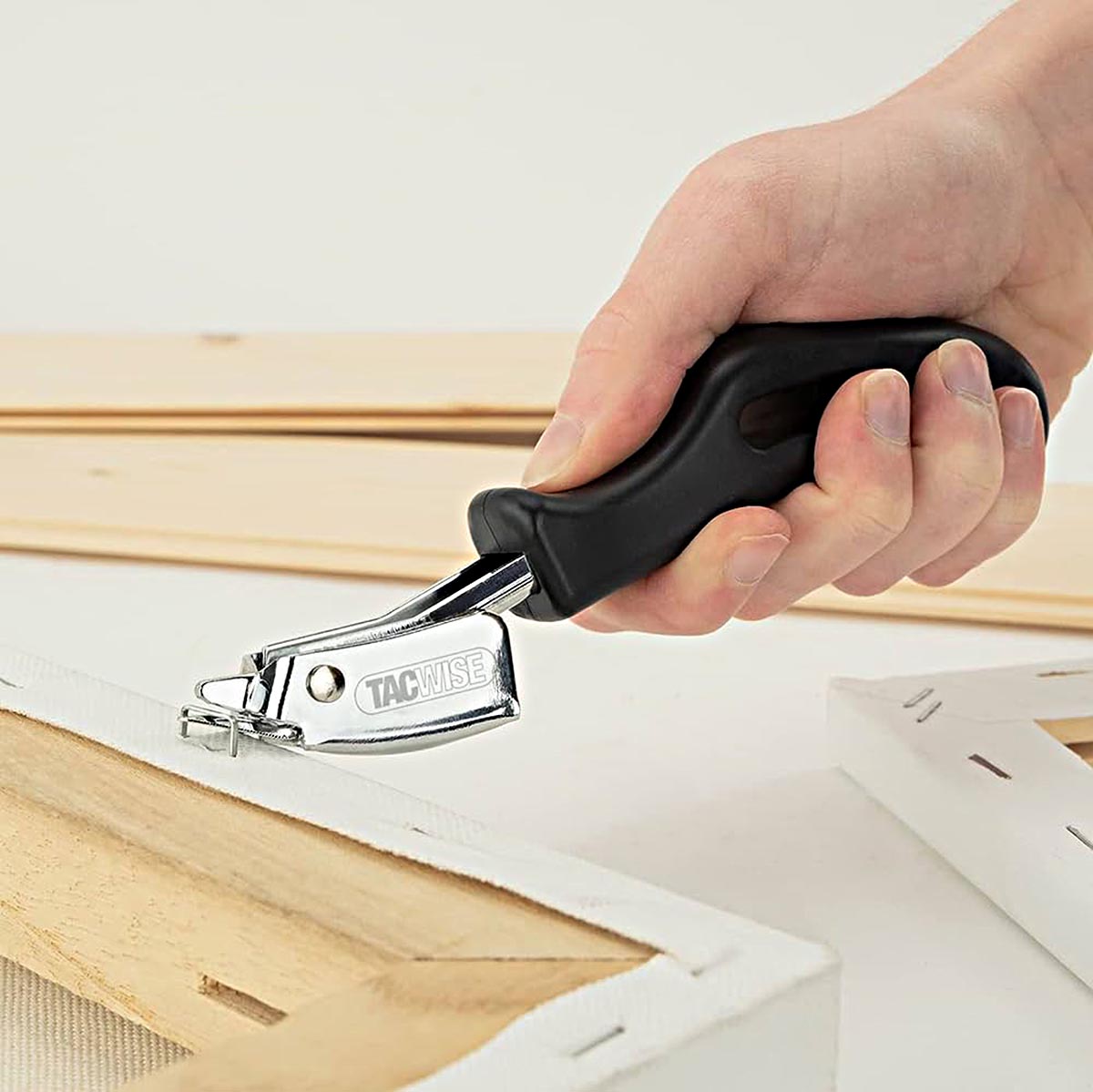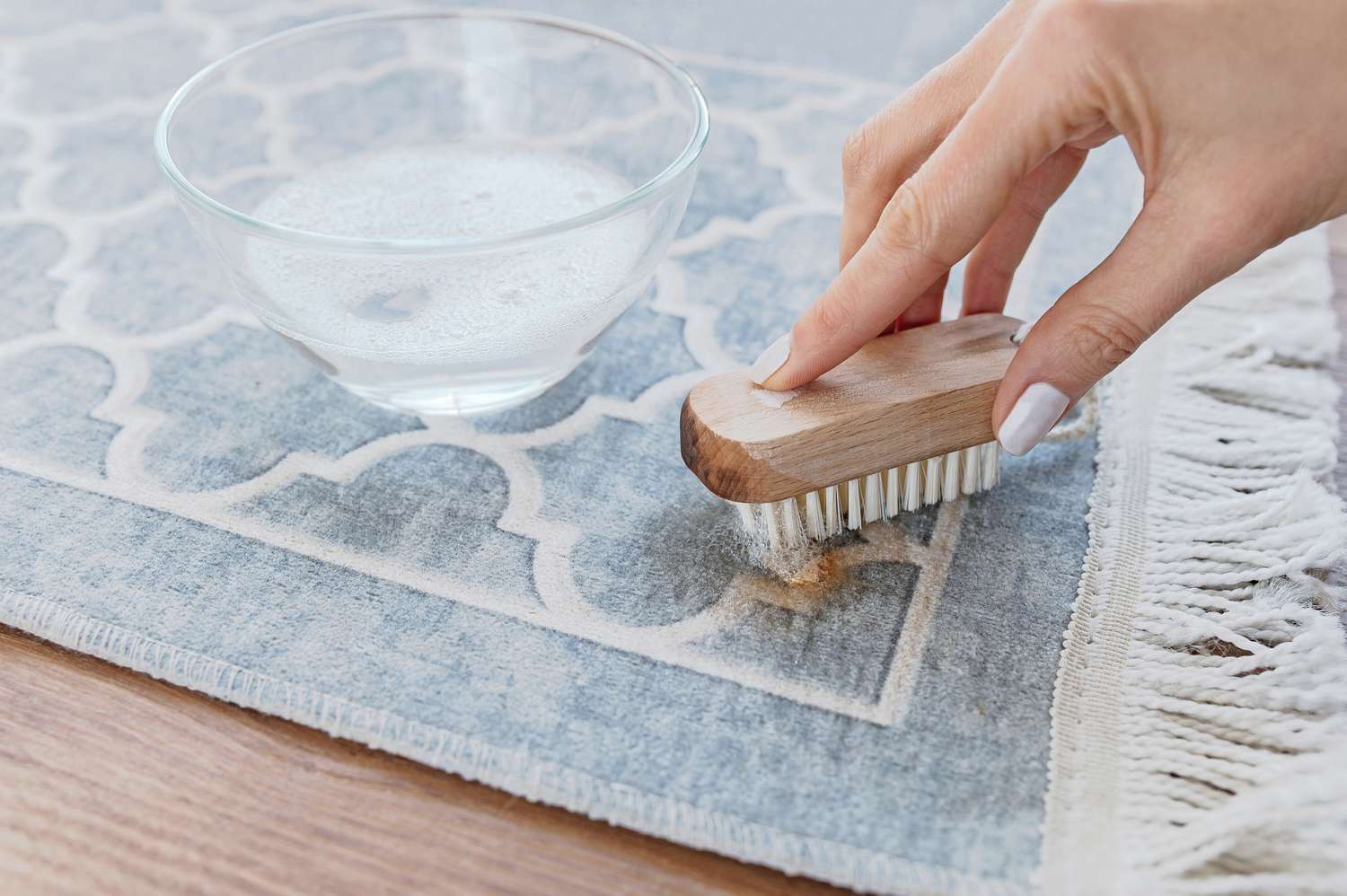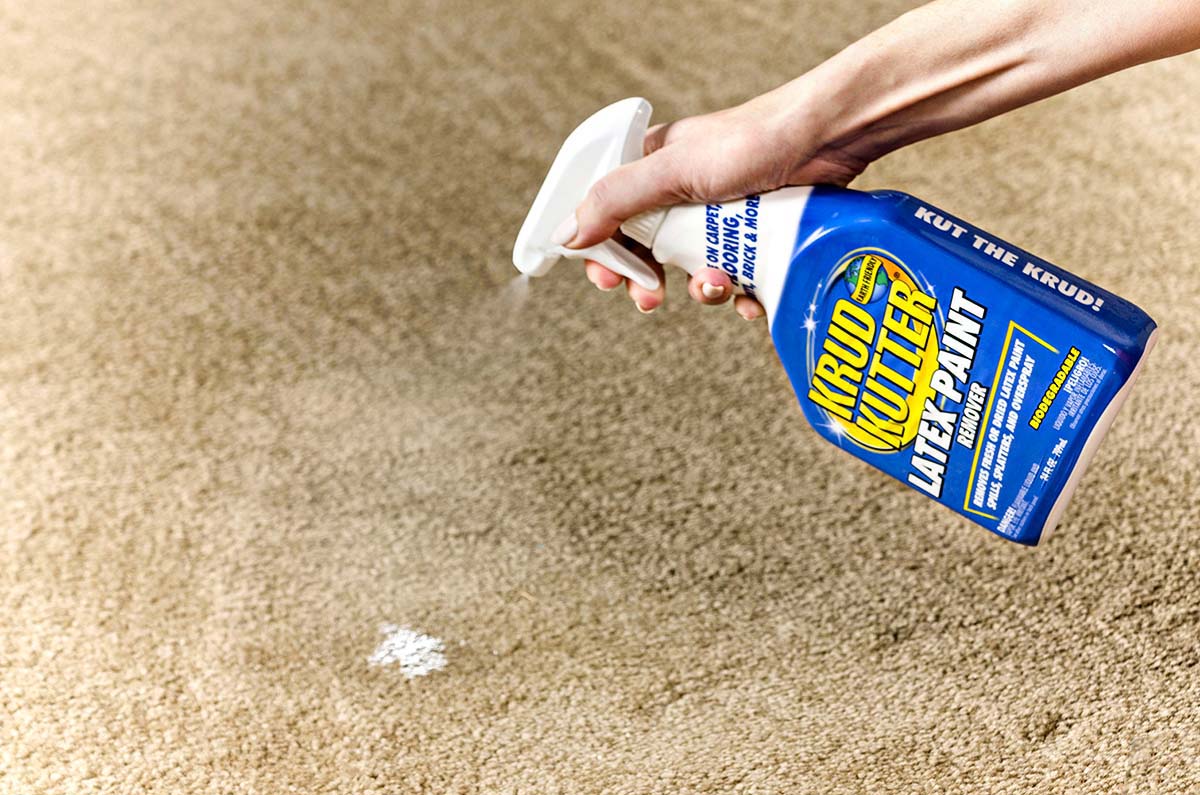

Articles
How To Get Dried Latex Paint Out Of A Carpet
Modified: September 1, 2024
Learn effective methods to remove dried latex paint stains from your carpet with these helpful articles.
(Many of the links in this article redirect to a specific reviewed product. Your purchase of these products through affiliate links helps to generate commission for Storables.com, at no extra cost. Learn more)
Introduction
Accidents happen, and sometimes that includes accidentally spilling or splattering latex paint onto your carpet. The good news is that with the right technique and a few simple household items, you can effectively remove dried latex paint from your carpet without causing damage. In this article, we will guide you through the step-by-step process of getting dried latex paint out of your carpet.
Before we dive into the cleaning process, it’s important to note that the sooner you can address the paint spill, the easier it will be to remove. If the paint has already dried, don’t worry – patience and persistence will help you get the job done.
But first, let’s gather the materials you will need to successfully tackle this task.
Key Takeaways:
- Promptly address dried latex paint spills on your carpet by gently scraping off excess paint, blotting the stain, and using mild dish soap and ammonia solutions for effective removal. Patience and the right techniques are key to success.
- Thoroughly rinse the carpet with cold water, treat stubborn stains with rubbing alcohol and ammonia solutions, and ensure proper drying to restore your carpet’s appearance. Exercise caution and seek professional help for larger or stubborn paint spills.
Read more: How To Get Dry Milk Out Of A Carpet
Materials Needed
Before you begin the process of removing dried latex paint from your carpet, make sure you have the following materials on hand:
- Plastic scraper or old credit card: This will be used to gently scrape off any excess paint from the carpet fibers without damaging them.
- White absorbent towels or paper towels: These will be used to blot and absorb the paint and cleaning solutions.
- Dish soap: Look for a mild dish soap that does not contain bleach or strong chemicals. This will help break down the paint stain.
- Cold water: You will need cold water to rinse the carpet and remove any soap residue.
- Rubbing alcohol: This can be effective in dissolving dried latex paint stains.
- Ammonia solution: A mixture of one tablespoon of clear ammonia diluted in one cup of cold water can be used to further treat stubborn paint stains.
- Bucket or spray bottle: This will be used to create your cleaning solutions.
- Soft-bristled brush: A soft brush can be used to gently agitate the paint stain and help with the removal process.
- Vacuum cleaner: After the stain has been successfully removed, a vacuum cleaner can be used to clean the carpet and restore its appearance.
Now that you have gathered all the necessary materials, let’s move on to the step-by-step process of getting dried latex paint out of your carpet.
Step 1: Scrape off Excess Paint
The first step in removing dried latex paint from your carpet is to gently scrape off any excess paint. This is especially important if the paint spill is still fresh and hasn’t completely dried.
To do this, take a plastic scraper or an old credit card and carefully scrape off as much paint as possible. Be careful not to apply too much pressure, as you could push the paint further into the carpet fibers or damage the carpet itself.
If the dried paint is thick or has hardened, you can use a gentle tapping motion with the scraper to break it up and loosen it from the carpet fibers. Take your time with this step to ensure that you remove as much excess paint as possible.
Once you have scraped off the excess paint, use a vacuum cleaner or a soft brush to remove any loose paint particles. This will prevent them from further spreading or embedding into the carpet during the cleaning process.
Now that you have removed the excess paint, it’s time to move on to the next step: blotting the stain.
Step 2: Blot the Stain
After removing the excess paint, the next step is to blot the stain. Blotting helps to absorb the paint and prevent it from spreading further into the carpet fibers.
Start by grabbing a white absorbent towel or a stack of paper towels. Avoid using colored towels or towels with patterns as the dye or patterns may transfer onto the carpet.
Place the towel directly over the paint stain and apply gentle pressure. Avoid rubbing or scrubbing the stain, as this can push the paint further into the carpet or cause it to spread. Instead, dab or blot the stain in an upward motion to lift the paint.
If the towel becomes saturated with paint, switch to a clean section or grab a new towel to continue blotting. Repeat this process until you have removed as much paint as possible.
Continue blotting the stain until the towel comes away clean and no more paint transfers onto it. Be patient and take your time with this step, as thorough blotting can make a significant difference in removing the dried latex paint from your carpet.
Once you have successfully blotted the stain and removed as much paint as possible, it’s time to move on to the next step: applying a dish soap solution.
Step 3: Apply Dish Soap Solution
Now that you have successfully blotted the paint stain, it’s time to treat the remaining residue with a dish soap solution. Dish soap is effective in breaking down the paint and making it easier to remove.
To create the dish soap solution, mix a few drops of mild dish soap with a cup of cold water. Be sure to use a dish soap that does not contain bleach or strong chemicals, as these can damage your carpet fibers.
Dampen a clean white cloth or sponge in the dish soap solution and gently dab it onto the remaining paint stain. Avoid applying too much liquid, as you don’t want to saturate the carpet. It’s important to work in small sections at a time.
Gently agitate the stain using a circular motion, being careful not to scrub or rub the carpet too harshly. Allow the dish soap solution to sit on the stain for a few minutes to break down the paint.
Next, use a clean portion of the cloth or sponge to blot the area, absorbing both the dish soap solution and the loosened paint. Repeat this process until the stain starts to lift from the carpet fibers.
If the stain is particularly stubborn, you can also gently brush the area with a soft-bristled brush to further agitate the paint and aid in its removal. However, be cautious not to apply too much pressure or scrub too vigorously, as this can damage the carpet.
Continue applying the dish soap solution and blotting the stain until you have removed as much paint as possible. Remember, patience and persistence are key when it comes to removing dried latex paint from your carpet.
Once you have successfully tackled the paint stain using the dish soap solution, it’s time to rinse the area with cold water. Proceed to the next step to learn how to effectively rinse the carpet and remove any remaining soap residue.
Read more: How To Get Dried Resin Out Of The Carpet
Step 4: Rinse with Cold Water
After treating the paint stain with the dish soap solution, it’s important to rinse the area with cold water to remove any remaining soap residue and ensure a thorough cleaning.
Fill a bucket or spray bottle with cold water and dampen a clean white cloth or sponge. Gently blot the previously treated area with the cold water, focusing on the painted section. This will help to flush out any lingering soap and paint residue.
Continue rinsing and blotting the area until you no longer see any soapy residue on the cloth or sponge. It’s essential to remove all traces of soap to prevent any potential damage to the carpet fibers and to avoid attracting dirt and dust.
Keep in mind that excessive water or prolonged soaking can damage the carpet and underlying padding. Therefore, it’s crucial to avoid saturating the carpet and to work in small sections at a time.
Once you have thoroughly rinsed the area and removed any leftover soap residue, use a clean and dry white towel or paper towels to blot the carpet and absorb as much moisture as possible.
Now that you have successfully rinsed the carpet and removed any remaining traces of soap, it’s time to move on to the next step: treating the stain with rubbing alcohol.
Blot the dried latex paint with a cloth to remove as much as possible. Then, use a mixture of dish soap and warm water to gently scrub the area, followed by blotting with a clean cloth. Repeat until the paint is gone.
Step 5: Treat with Rubbing Alcohol
If there is still some dried latex paint residue on your carpet after the previous steps, using rubbing alcohol can help dissolve and remove the stubborn paint stains.
To treat the stain with rubbing alcohol, you’ll need a clean white cloth and some rubbing alcohol. Dampen the cloth with rubbing alcohol and gently blot the remaining paint stain. The alcohol will help break down the paint and make it easier to lift from the carpet fibers.
As you blot the stain with the rubbing alcohol, you may begin to notice the paint transferring onto the cloth. This is a good sign that the alcohol is effectively dissolving the paint. Be careful not to scrub or rub too vigorously, as this can damage the carpet.
Continue blotting with the rubbing alcohol until you have removed as much paint as possible. If necessary, you can also use a soft-bristled brush to gently agitate the stain and further aid in the paint removal process.
Once you have treated the stain with rubbing alcohol and removed the paint, use a clean and dry cloth or paper towels to blot the area and absorb any excess moisture. This will help prevent any potential damage to the carpet fibers and promote faster drying.
Now that you have successfully treated the stain with rubbing alcohol, it’s time to proceed to the next step: blotting the area with an ammonia solution.
Step 6: Blot with Ammonia Solution
If the dried latex paint stain still persists after treating it with rubbing alcohol, using an ammonia solution can help further break down the remaining paint and remove the stubborn stain.
To create the ammonia solution, mix one tablespoon of clear ammonia with one cup of cold water in a bucket or spray bottle. Ensure that you are using clear ammonia, as colored variants may leave behind unwanted residue or stains on your carpet.
Dampen a clean white cloth or sponge with the ammonia solution, and gently blot the remaining paint stain. Be sure to work in small sections, applying the solution only to the affected area.
As you blot the stain with the ammonia solution, you may notice the paint transferring onto the cloth. This is a positive sign that the ammonia is effectively breaking down the paint. However, be cautious not to apply too much liquid that could saturate the carpet.
Continue blotting with the ammonia solution until you have removed as much paint as possible. As with previous steps, you can use a soft-bristled brush to gently agitate the stain and aid in the paint removal process.
Once you have successfully treated the stain with the ammonia solution and removed the paint, use a clean and dry cloth or paper towels to blot the area and absorb any excess moisture. This will help prevent any potential damage to the carpet and promote faster drying.
Now that you have effectively treated the stain with the ammonia solution, it’s time to move on to the next step: rinsing the carpet with cold water.
Step 7: Rinse with Cold Water
After treating the paint stain with the ammonia solution, it’s important to rinse the area with cold water to remove any traces of the solution and ensure a thorough cleaning.
Fill a bucket or spray bottle with cold water and dampen a clean white cloth or sponge. Gently blot the previously treated area with the cold water, focusing on the painted section. This will help to flush out any residual ammonia and remaining paint particles.
Continue rinsing and blotting the area until you no longer see any traces of the ammonia solution on the cloth or sponge. It’s crucial to remove all remnants of the solution to prevent any potential damage to the carpet fibers and avoid attracting dirt.
Take care not to over-saturate the carpet during this step. Excessive moisture can lead to the growth of mold or mildew if not properly dried. Work in small sections and ensure that you only dampen the surface without soaking it.
Once you have thoroughly rinsed the area, use a clean and dry white towel or paper towels to blot the carpet and absorb as much moisture as possible. This will aid in the drying process and help restore the carpet’s appearance.
Now that you have successfully rinsed the carpet and removed any remaining traces of the ammonia solution, it’s time to move on to the final step: drying the area.
Read more: How To Get Dried Grease Out Of A Carpet
Step 8: Dry the Area
After completing the cleaning process, it’s important to thoroughly dry the treated area to prevent any moisture-related issues and restore the look and feel of your carpet.
Start by using a clean and dry white towel or paper towels to absorb as much moisture as possible from the carpet. Press the towel firmly onto the damp area and blot gently. Repeat this process with fresh towels until the carpet feels mostly dry to the touch.
If you have access to a fan or air circulation, direct it towards the area to help expedite the drying process. Opening windows can also promote airflow and aid in drying the carpet faster.
Avoid walking on the damp carpet until it is completely dry to prevent any potential re-soiling or damage. You can place a sign or use barriers to remind household members and visitors to avoid stepping on the treated area.
Depending on the humidity and airflow in your home, the drying time may vary. It’s important to allow sufficient time for the carpet to fully dry before resuming regular foot traffic. You can test the dryness by touching the carpet with the back of your hand or by using a moisture meter if available.
Once the area is completely dry, use a vacuum cleaner with a brush attachment to gently clean the carpet and restore its appearance. This will help to fluff up the carpet fibers and remove any remaining loose particles or debris.
Congratulations! You have successfully removed dried latex paint from your carpet. By following the steps outlined in this guide, you were able to tackle the stubborn stain and restore the cleanliness of your carpet.
Remember, accidents happen, but with some patience, the right techniques, and common household items, you can effectively remove dried latex paint from your carpet without causing damage.
If you find that the stain is still visible or if you’re dealing with a larger area of paint spill, it may be best to seek professional carpet cleaning services for a more thorough and extensive cleaning.
Thank you for reading, and we hope this guide has been helpful in assisting you with your carpet cleaning needs!
Conclusion
Removing dried latex paint from your carpet can be a daunting task, but with the right approach and a little bit of patience, you can successfully restore your carpet to its former glory. By following the step-by-step process outlined in this guide, you have learned how to scrape off excess paint, blot the stain, apply dish soap and ammonia solutions, and thoroughly rinse the carpet with cold water. Additionally, you have discovered the importance of drying the area properly to prevent any moisture-related issues.
Remember, it’s essential to act quickly when dealing with a paint spill on your carpet. The longer you wait, the more challenging it becomes to remove the dried paint. Promptly scrape off any excess paint and begin the cleaning process as soon as possible.
Furthermore, using the right materials and techniques is crucial to protect your carpet’s fibers. Be sure to utilize a plastic scraper or old credit card for gentle scraping, white absorbent towels or paper towels for blotting, and mild dish soap and clear ammonia in your cleaning solutions. Avoid using harsh chemicals or scrubbing too vigorously, as these can damage the carpet.
It’s important to note that while the steps outlined in this guide have proven effective for many, every carpet is unique. Always test any cleaning solution on a small, inconspicuous area of your carpet before applying it to the stain directly. This way, you can ensure that the cleaning solution does not cause any discoloration or damage.
If you find that the dried latex paint stain is too stubborn to remove or if you are dealing with a larger paint spill, it may be best to seek the assistance of professional carpet cleaners. They have specialized tools and expertise to tackle even the toughest stains and ensure a thorough cleaning of your carpet.
By taking the time to follow the steps in this guide and exercising caution, you can successfully remove dried latex paint from your carpet and restore its appearance. Remember to stay calm, be patient, and take the necessary precautions to protect your carpet throughout the cleaning process.
Thank you for reading, and we hope that this guide has been helpful in assisting you with your carpet cleaning needs!
Frequently Asked Questions about How To Get Dried Latex Paint Out Of A Carpet
Was this page helpful?
At Storables.com, we guarantee accurate and reliable information. Our content, validated by Expert Board Contributors, is crafted following stringent Editorial Policies. We're committed to providing you with well-researched, expert-backed insights for all your informational needs.
